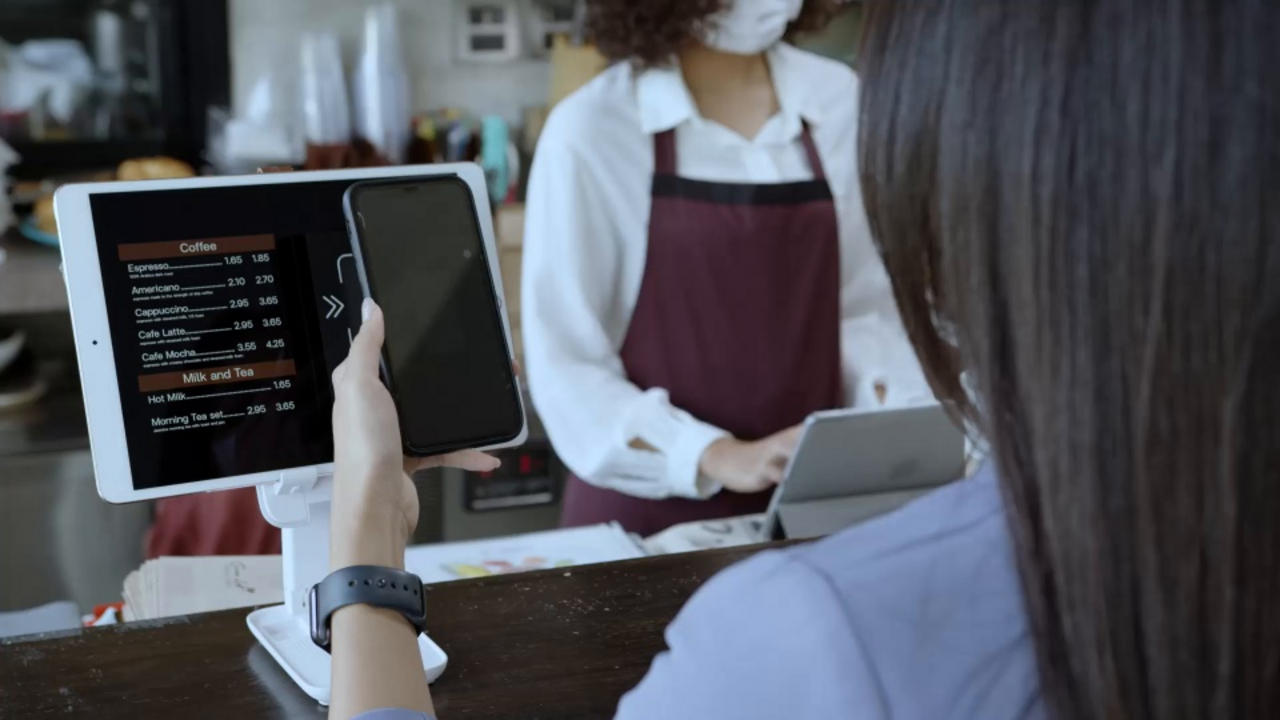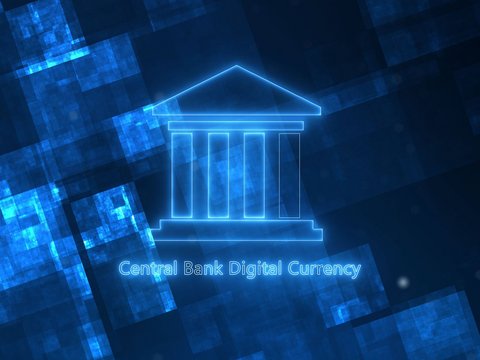A number of current trends are rendering card and digital payments even more attractive for providers and consumers alike. One new concept is “phygital” – a term created by combining the words physical and digital. Phygital is being driven by the efforts of banks and financial services providers to offer their customers a seamless blend of online and offline services, which already exists in other sectors. Apart from aligning with people’s expectations, this approach also helps traditional financial institutions to remain competitive and build customer loyalty via multiple channels – from brick-and-mortar branches and payment cards to online banking and smartphone apps.
“Payment cards are a good example of phygital banking,” says Barnabás Ferenczi, Head of Strategy & Marketing for the Smart Card & Digital Payment Division at G+D. After an account has been opened, issuing a payment card is often the next significant interaction between bank and customer. “And like everywhere else in life, first impressions count here,” says Ferenczi. G+D’s Convego® Relate solution allows card issuers to personalize their messages to customers and send updates (e.g. about postal delivery status) digitally at lightning speed, thus making a reliable, welcoming, and modern impression.










